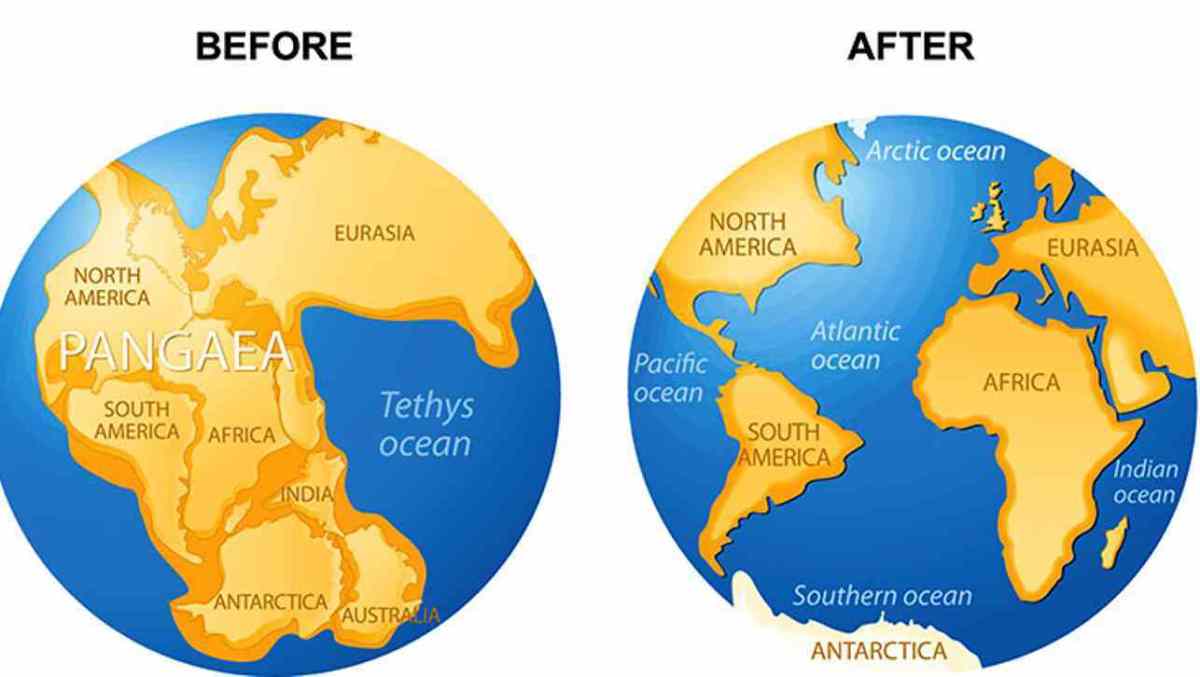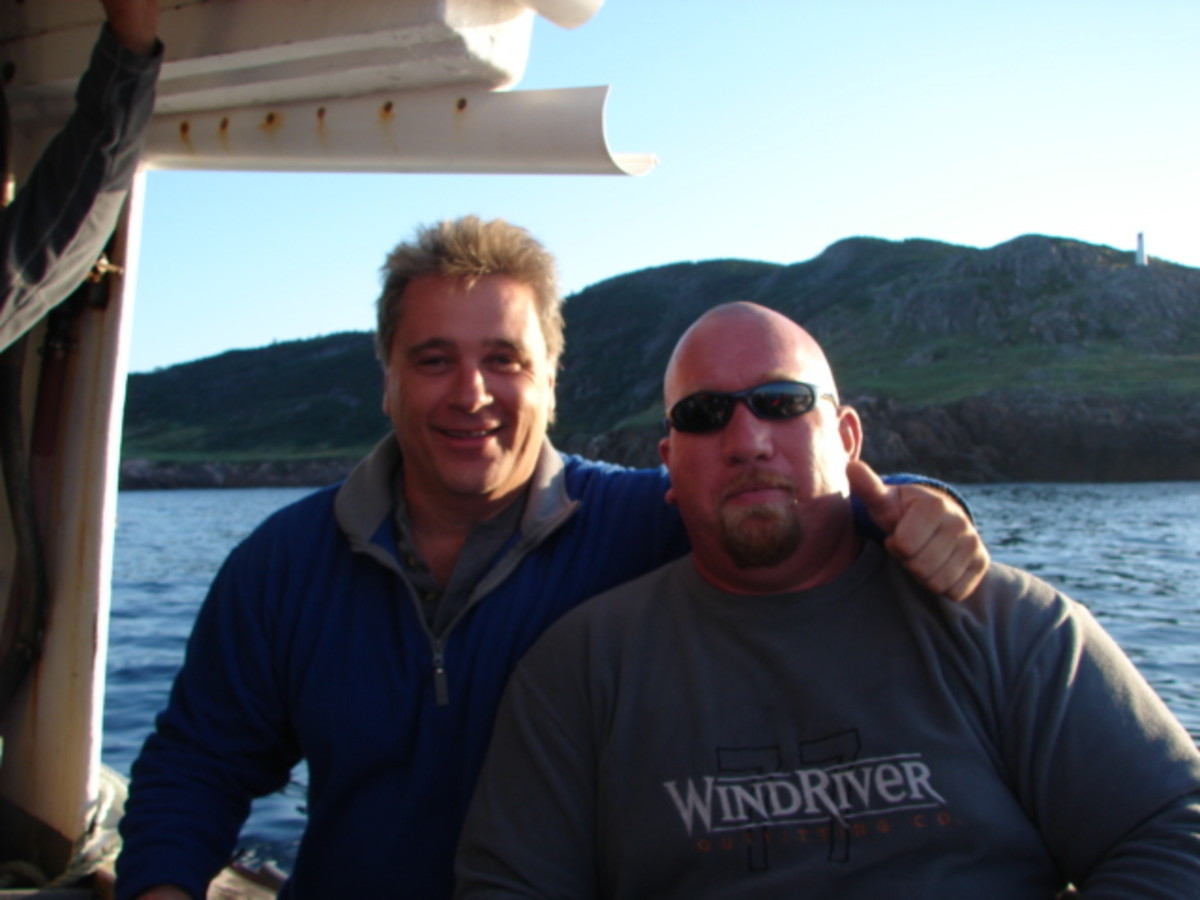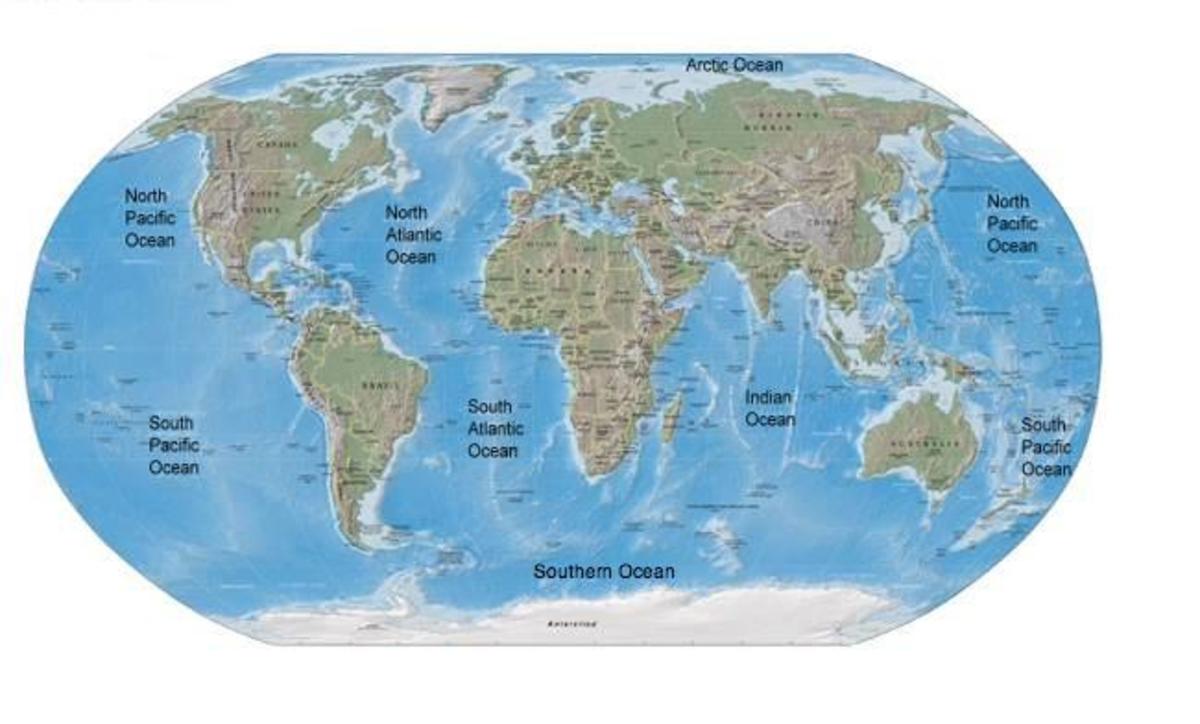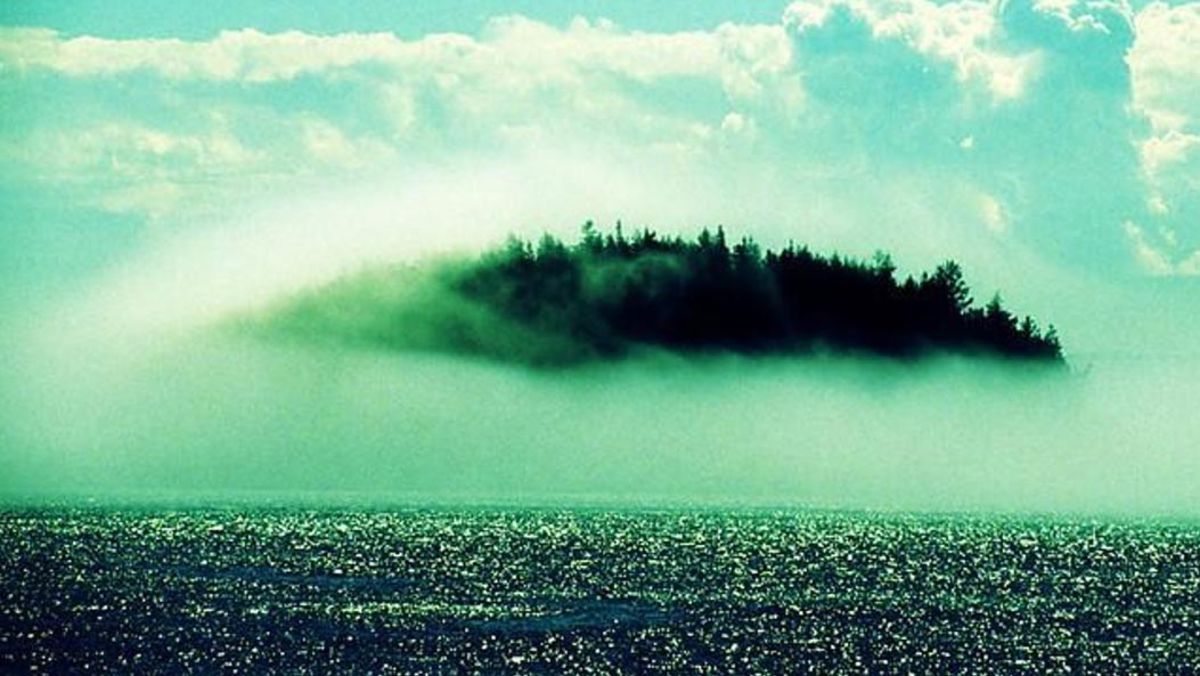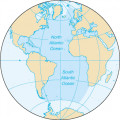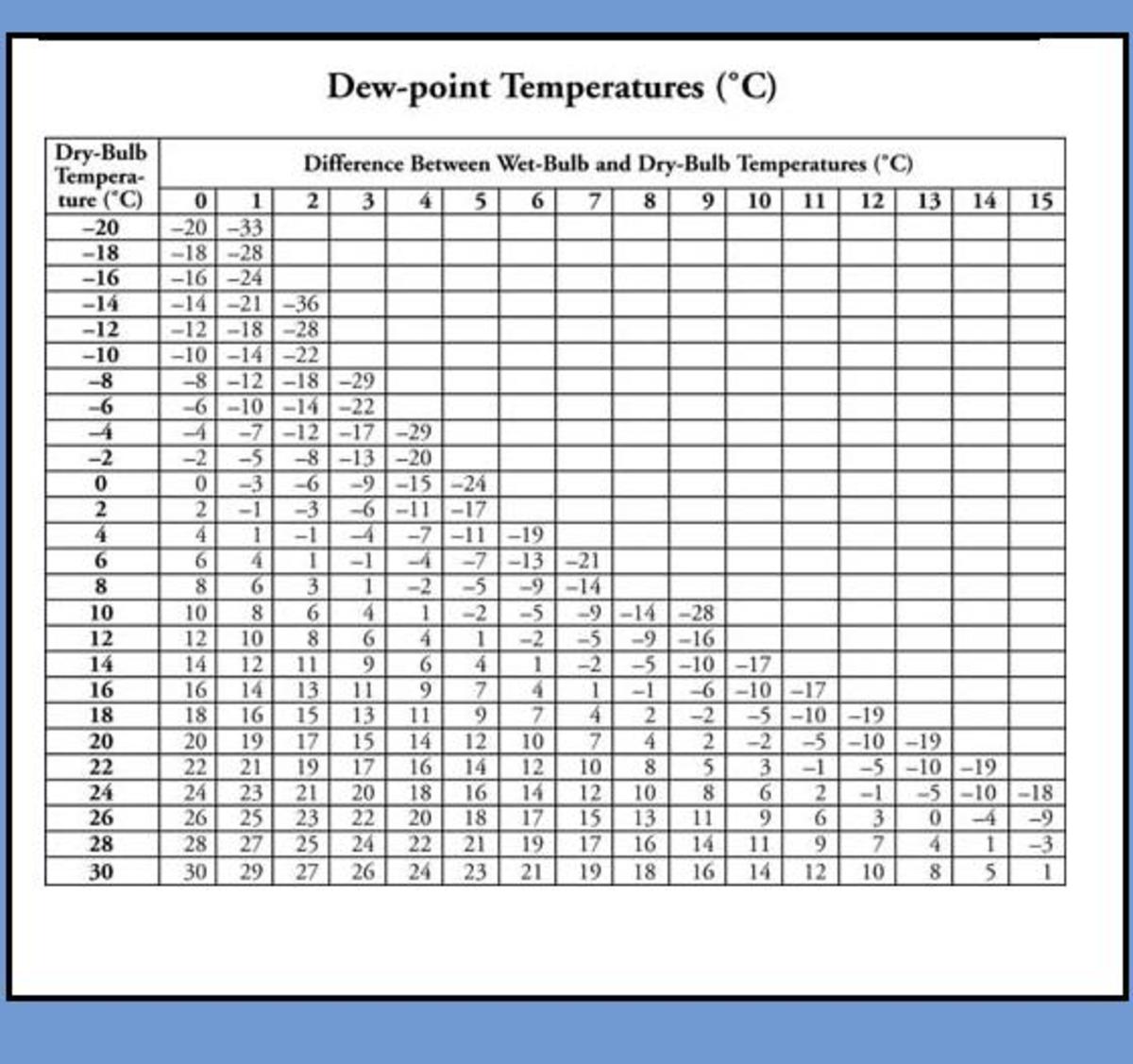The Return Of Atlantis
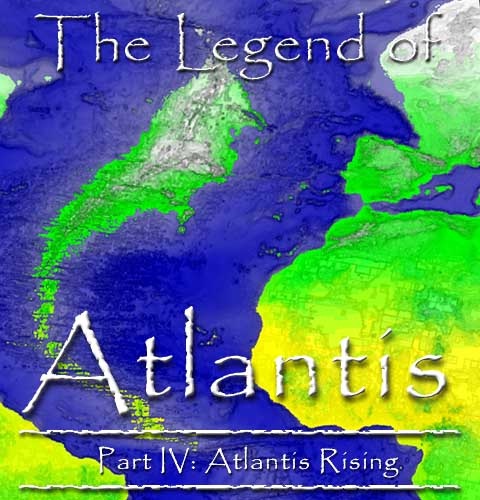
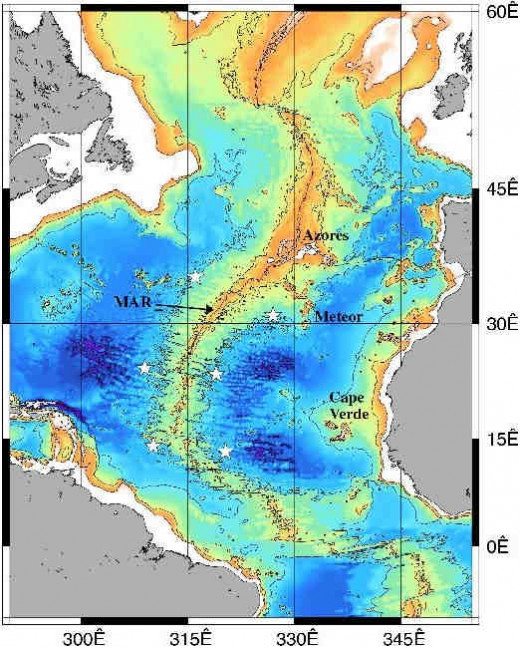
New Scientific Theory brings back the Atlantis Myth
When I was a child in the 1950s, I would come across a number of books, both fiction and non-fiction about Atlantis, putting forward a strong case for the existence of a sunken lost continent, or perhaps an island, in the middle of the Atlantic.
Likewise there were also claims made about the Pacific that there as a sunken continent in this ocean called Mu and another sunken continent in the Indian ocean called Lemuria. These lost continents seem to have captured the public's imagination as were written about up until the middle of the 1960s but then the whole concept of sunken continents was disproved by the scientific theory of plate tectonics.
This theory was first published in 1912 by the German geophysicist Alfred Wegener. At the time there was a problem that fossils of the same animals seem to be on different continents in the past. So how did these animals cross vast oceans to interbreed? To explain this, some scientists suggested there must have been land bridges between continents. But Alfred Wegener came up with a far more outlandish explanation, that these continents were at one time all joined together, forming one super-continent which broke up and drifted apart 200 million years ago. Wegener not only supported this theory with fossil evidence but geological evidence as well.
At the time this theory seemed to be totally insane, because, how can continents drift around the planet? Then as scientists began to explore the bottom of the oceans in the 1960s, they began to find evidence that the continents were actually moving apart a few millimetres every year. From this, the theory of plate tectonics was formed, which suggested that continents moved on vast plates that overlapped each other.
This theory soon destroyed any notion of Atlantis. Simply because if North and South America was once joined to Africa and Europe and since drifted apart, then there as no room for any other continent in the Atlantic ocean. Because of this, people then suggested that Atlantis was originally the Island of Crete in the Mediterranean sea. Crete once had a sophisticated Minoan civilization that was destroyed by the nearby island of Thera blowing up in very large volcanic eruption. Other people have suggested that Atlantis was the Antarctica continent before it was covered in ice. And that was the best people could do, if a sunken continent or large island in the Atlantic, was now an impossibility.
So this all meant the idea of Atlantis being a sunken continent or large island in the Atlantic ocean was a dead as a dodo. And this was true up until very recently when geological science, inadvertently threw Atlantis a lifeline.
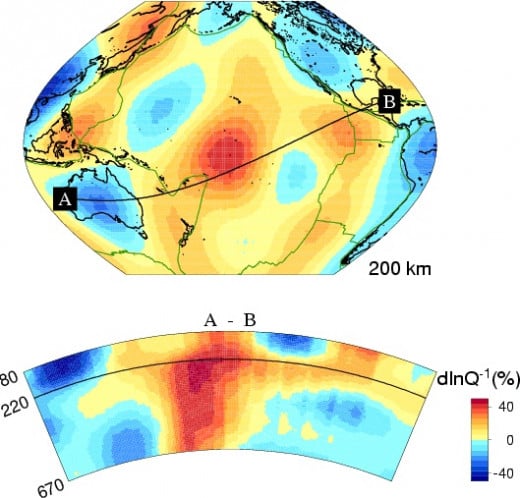
Mantle Plumes
The problem with the plate tectonics theory is that it doesn't explain everything about Earth's geology. There is a number of anomalies and one of them was the Hawaiian islands which didn't fit in with plate tectonic theory. This is because this theory states that volcanoes and earthquakes exist on the boundaries between plates. The Hawaiian islands were created by volcano eruptions but are not on any tectonic plate boundaries.
Since the 1980s scientists have been trying to map the interior of the Earth through seismic waves created by earthquakes. It seems the different densities of material will slow these waves down to various degrees and through complex calculations it is possible to create a 3D image of what the interior of our planet looks like.
What these seismic wave images reveal is plume-like features underneath the Hawaiian Islands and Iceland. It seems that these volcanic islands are created by these plumes coming form the deep interior of the Earth. They also have discovered super plumes one of them under the southern part of Africa. They also discovered downwellings. It seems that the plumes are very hot and push up the ground above them, while downwellings are colder and the ground under them sinks.
This new research hasn't disproved plate tectonics, as it seems that these plumes might be the engine that pushes the plates across the planet. But it now seems that the planet is far more complicated than what plate tectonics suggest. Because of the discovery of these plumes and downwellings, it now means that the ground can rise and fall far more rapidly than previous science had thought possible. This then means Atlantis as a sunken continent or large island in the Atlantic now suddenly becomes a possibility.
Iceland is a volcanic island on the Mid Atlantic ridge. It wasn't there when Africa and Europe separated from North and South America, to form the Atlantic Ocean. It was created later on through volcanic action and a hot plume. For this reason, these is no reason why a much larger island could have been created further South in the same way on the Mid Atlantic ridge through a large plume under it. Then it could have sunk later on, when the plume cooled.
In Plato's story of Atlantis it was suggested that Atlantis sunk very rapidly. The speed of Atlantis sinking may have been accelerated by rising sea levels. 12 thousand years ago with the ending of the ice age, large areas of ice melted on Northern Europe, Asia and America and poured into the oceans causing them to rise. So the combination of land sinking and oceans rising would make the sinking of Atlantis seem very rapid.
Off course this is all speculation. The problem is that we know less about the floor of the ocean than we do about the surface of the Moon and Mars. And even if we are able to explore the depths of the ocean better, any sunken civilization in the Atlantic would be now be probably buried under tons of silt, and so wouldn't be visible from the surface.
But if we don't have any hard evidence of Atlantis, it won't stop people from people from talking and speculating about it. The Atlantis myth greatly appeals to many people and with this new scientific theory on Earth's geology, we will probably see the whole new Atlantis industry start up again.
© 2012 William Bond

